The Secret History of Hyderabad State of the Nizam (South India; 1724 – 1948)
Last Updated on July 15, 2021 by Hamad Subani
The British put Hyderabad State into a Monetary Black Hole created by William Palmer & Co.

There is good reason why the British supported the succession of Sikandar Jah. When he came to power in 1803, he left affairs in the hands of Mir Alam and content himself with palace amusements. Mir Alam, now a favorite of the British, managed to appoint himself to a position where he could supersede the Nizam (an informal Prime Minister). After Mir Alam’s death, the British Resident in Hyderabad sought the appointment of Shums-ul-Umra, the head of the Nizam’s Paigah force to that position, who was also married to the Nizam’s sister. Sikandar Jah vigorously objected as a Prime Minister who was also a military commander could conduct a coup against him (which was exactly what the British wanted). The British finally agreed to appoint the Nizam’s choice, Muin-al-mulk. But the hands of Muin-al-mulk would be tied by the British who had him sign a declaration that he had only nominal authority. The British preferred to deal with his deputy Raja Chandu Lal, who for more than 30 years, became their favorite, and also became an informal Prime Minister. Since the British Residents at Hyderabad openly favored him, even the Nizam was fearful of crossing him.
The new British Resident of Hyderabad Henry Russell (of the Illuminati Russell bloodline) proposed a new idea to further put the Nizam at detriment. He understood that the Nizam’s own forces , the Paigah as well as other scattered units were the last symbol of the Nizam’s sovereignty. If taken away from him or put under British command, he would be reduced to a titular head of state. And this was the reason why he and several other British officers infiltrated the Nizam’s Army. At the same time, Chandu Lal had the keys to Nizam’s Treasury, presenting a great opportunity for the British to bankrupt the Nizam. Henry Russell decided to accomplish both of these objectives by pretending to “reform and reorganize” the Nizam’s Army and having Chandu Lal make payments for these questionable “upgrades.” With the Nizam’s Treasury being fairly empty, the payments were initially deducted from a small token tribute the British gave to the Nizam for snatching the Northern Circars. But soon, even this was not enough. William Palmer was one of Henry Russell’s buddies. He was involved in indigo cultivation in Calcutta. But like Hnery Russell, he too was now busy infiltrating the Nizam’s Army. He soon started a banking firm in Hyderabad named William Palmer and Co. Now Chandu Lal could bypass the Nizam’s Treasury by borrowing all the money the British Resident ordered him to from this back. And the Nizam would later have to pay back from his Treasury at the rate of 25% per annum. The bank would employ Enron-style creative accounting practices, which Jews and crypto-Jews excel at, to exaggerate the amount of money the Nizam owed them, while Henry Russell would exaggerate the price of the training and the upgrades for the Nizam’s Army. The Nizam, seeing that his Army was the last symbol of his sovereignty, foolishly assented. He probably saw the upgrades in the light of what de Bussy and Raymond had earlier accomplished. But Henry Russell was not de Bussy.
The son of Thomas Rumbold, the notorious Governor General of Madras had invested in this firm.[1]J.D.B. Gribble, History of the Deccan (New Delhi: Rupa & Co. 2009) 151. The Governor of India Lord Hastings was its supporter. Apart from banking, they cultivated cotton in Berar and exported lumber from the Godavari basin.[2]J.D.B. Gribble, History of the Deccan (New Delhi: Rupa & Co. 2009) 151. Soon enough, the black hole known as William Palmer and Co. was draining up to 24% of the annual revenue of Hyderabad State, with a good portion going to interest on unpaid arrears.[3]J.D.B. Gribble, History of the Deccan (New Delhi: Rupa & Co. 2009) 153.. All this for a new and reformed army of 7000 called the Hyderabad Contingent. The Contingent seldom saw action in Hyderabad State, which was now peaceful. Instead, the British redirected it to fight their own wars against the Pindaris and remnants of the Maratha Confederacy. The next British Resident of Hyderabad Lord Metcalfe took office in 1820. He even made the Nizam pay 16 lakhs for the improvement of the British port of Calcutta![4]J.D.B. Gribble, History of the Deccan (New Delhi: Rupa & Co. 2009) 161. and the Nizam duly obliged with another loan from William Palmer and Co.
Hyderabad’s neighboring twin city of Secunderabad is named after Sikandar Jah.
Descendants of the Sayyid Brothers Resurface in the Court of Nizam Sikandar Jah
As we have seen, Sikandar Jah was fairly passive towards the growing encroachments of the British. This was because of the advisors around him.
It is no coincidence that one of his advisors was Sayyid Mukarram Ali Khan and his son Nawab Sayyid Jamshed Ali Khan (Qaisar Jang). they were were among the most highly esteemed nobles in the court of Sikandar Jah. The father of Sayyid Mukarram Ali Khan, Nawab Sayyid Muhammad Ali Khan (Azim Jang Azim ud-Daula), was the grandson of Syed Hussain Ali Khan Barha.
Sayyid Mukarram Ali Khan was active in promoting Shiism in Hyderabad. He refurbished a Qutb Shahi building as a Shiite congregation center, naming it after his son as the Ashurkhana Sayyid Jamshed Ali Khan. He installed the Shiite standard (alam) of this congregation center. One of the grandsons of Nawab Sayyid Jamshed Ali Khan, Mir Durray Ali Khan (Fauq) was instrumental in producing popular Marsiya, or Shiite mourning poetry in Hyderabad.
It is important to note that while Mughal History has been heavily read and researched, the English language history of the Nizam is still confined to a few texts produced by establishment historians. The full extent of such conspiratorial groups, and the role they played in subverting and sabotaging the Nizam requires more research.

William Dalrymple’s masterpiece White Mughals details a tragic love affair between the British resident of Hyderabad James Achilles Kirkpatrick and a first cousin of Prime Minister Mir Alam, a Shiite “Sayyid.” But this love affair may have not been just accidental, or purely driven by “love” transcending boundaries. As I have earlier mentioned, elements of the Illuminati on the Mughal side and the British were working so closely at this point, that it was all the more likely that they would at times have illicit sexual relations, and even marriage. William Palmer had also married a Begum of Delhi. But things went wrong for James when the previous Prime Minister Aristu Jah and Nizam Ali became suspicious about the family of Mir Alam and their kinship with the predatory British. It is more likely that James tried to salvage the affair by marrying his lover and pretending to convert to Islam because he had gotten his lover pregnant. But this only made the Nizam even more suspicious about the girl’s family. Then both the family of Mir Alam and James quickly and deliberately unwound and buried the affair before it could raise further suspicions. Two children were produced from the marriage. The daughter later became a regular in the British-Illuminati circles, while the son died early on. Had he lived, it is likely that he would be inserted back into the politics of Hyderabad State as an Illuminati player.
The Hyderabad Contingent Boondoggle Continues

Sikander Jah died in 1829 and was succceeded by Nasir ud-Daula. He immediately abolished a system that the British had put in place which involved British supervisors interfering in the local management of the Nizam’s districts.[5]J.D.B. Gribble, History of the Deccan (New Delhi: Rupa & Co. 2009) 163. This was intended to ultimately displace native supervisors and men loyal to the Nizam, while increasing the authority of the British Resident. After repeated protests by the new Nizam, and after it became firmly evident that the firm of William Palmer & Co. was responsible for the poverty and squalor in the districts, the British advanced 60 lakhs[6]J.D.B. Gribble, History of the Deccan (New Delhi: Rupa & Co. 2009) 168. to this private firm, which in turn absolved the Nizam of all past dues and debts. But in return, the Nizam would no longer recieve any tribute from the Northern Circars. The British could have also challenged and questioned the debts the firm claimed the Nizam owed them. But they chose not to do so. They were rewarding the firm with investor money from the East India Company one last time, similar to how American banks and carmakers make the government bail them out. Soon after, the firm went insolvent and closed doors. But the damage done to the economy of Hyderabad State would take decades to undo. And the British continued to mischievously maintain the Hyderabad Contingent at its same strength even though the peaceful situation warranted that it be streamlined. But the British did streamline other British battalions that the Nizam had paid for in advance by foregoing his share in the spoils of the Mysore war. At the same time, they began delegating the Hyderabad Contingent for protecting against external threats, even though it was intended to be an internal force[7]J.D.B. Gribble, History of the Deccan (New Delhi: Rupa & Co. 2009) 178. (Read: Fighting for the British Empire). Instead of William Palmer and Co., the Nizam had to borrow money from the British government to pay arrears pertaining to the Contingent. Roughly one-fifth of the total revenue was still going towards the maintainence of the Hyderabad Contingent.[8]J.D.B. Gribble, History of the Deccan (New Delhi: Rupa & Co. 2009) 181. In 1843, Lord Ellenborough proposed a very large loan for the Nizam, which would supposedly pay off all his debts in exchange for handing over his entire administration to the British.[9]J.D.B. Gribble, History of the Deccan (New Delhi: Rupa & Co. 2009) 182. Apparently, this had been the secret motive behind the establishment of the Hyderabad Contingent all along. The frail Chandu Lal would finally resign after 40 years, and when he did, Nasir ud-Daula refused to appoint a successor who could become so powerful. He discharged debts worth Rs. 2 crore from his own private purse, but these were of little effect now that the debts of the Hyderabad Contingent were soaring as high as before. Unrest started spreading in the districts. But to use his own Hyderabad Contingent to suppress unrest, the Nizam had to apply for permission from the British Resident. And now he was being routinely declined. The Nizam disbursed another 1 crore twenty lakh Rupees from his personal treasury, but in 1846, the debt to the British Government remained at 380,000 Pounds.[10]J.D.B. Gribble, History of the Deccan (New Delhi: Rupa & Co. 2009) 187, 188. Against the wishes of the British, Nasir ud-Daula sagaciously appointed Suraj ul-Mulk in place of Chandu Lal. But the British would delay confirming his appointment for eight months by picking up an unrelated technicality.[11]J.D.B. Gribble, History of the Deccan (New Delhi: Rupa & Co. 2009) 190. The Nizam also sought the appointment of a talented British administrator Mr. Dighton as a commissioner to a district to serve as a model for district administration, but the suggestion was not approved by the British Government.[12]J.D.B. Gribble, History of the Deccan (New Delhi: Rupa & Co. 2009) 191. In 1847, Suraj ul-Mulk attempted to disband more than half of the Hyderabad Contingent. Although he succeeded, the British were very angry, and the Nizam was forced to switch Prime Ministers to appease them.
By 1848, the Hyderabad Contingent had drained the Nizam of 11 Crore and 20 lakh rupees. And most of this amount had gone to newly recruited British sepoys in Awadh and Rohilkhand, who were being used to finalize the destruction of the Mughals. And thus, Hyderabad State became party to the Illuminati conquest of the Subcontinent. Nearly one third (75 lakh Rupees) of annual revenue was being swallowed up by the Hyderabad Contingent annually.[13]J.D.B. Gribble, History of the Deccan (New Delhi: Rupa & Co. 2009) 197, 199. The Nizam was not allowed to enter into trade/banking relations with any Western country other than Britain as per the fine print of the treaties he had signed with the British.
Attempts to Unseat Nasir ud-Daula
In 1839, the Nawab of Kurnool[14]J.D.B. Gribble, History of the Deccan (New Delhi: Rupa & Co. 2009) 179. (yes, thats the same old bandicoot at it again) suddenly started taking a liking to Wahabism, which was then sweeping the Arabian Peninsula. While the Wahabi doctrine called for a return to a more true, orthodox Islam, the activities of its founder, Imam Wahab are suspicious. For example, he was only intent on fighting the Ottomans, and recieved aid from the British to do so. He never seemed to be bothered by the British presence in Egypt and Kuwait. The Nawab of Kurnool began corresponding with the Nizam’s brother Mubariz ud-Daula, and an attempted coup was planned. It seems that the ultimate aim of this exercise was to have Hyderabad State enter into a suicidal religious war with the British, which would allow them to consolidate the entire area in retaliation. But Nasir ud-Daula immediately responded by having his British battalions overrun Kurnool, and the Nawab of Kurnool was taken prisoner. Although he was spared from hanging (presumably by British intervention).
| ↑1 | J.D.B. Gribble, History of the Deccan (New Delhi: Rupa & Co. 2009) 151. |
|---|---|
| ↑2 | J.D.B. Gribble, History of the Deccan (New Delhi: Rupa & Co. 2009) 151. |
| ↑3 | J.D.B. Gribble, History of the Deccan (New Delhi: Rupa & Co. 2009) 153. |
| ↑4 | J.D.B. Gribble, History of the Deccan (New Delhi: Rupa & Co. 2009) 161. |
| ↑5 | J.D.B. Gribble, History of the Deccan (New Delhi: Rupa & Co. 2009) 163. |
| ↑6 | J.D.B. Gribble, History of the Deccan (New Delhi: Rupa & Co. 2009) 168. |
| ↑7 | J.D.B. Gribble, History of the Deccan (New Delhi: Rupa & Co. 2009) 178. |
| ↑8 | J.D.B. Gribble, History of the Deccan (New Delhi: Rupa & Co. 2009) 181. |
| ↑9 | J.D.B. Gribble, History of the Deccan (New Delhi: Rupa & Co. 2009) 182. |
| ↑10 | J.D.B. Gribble, History of the Deccan (New Delhi: Rupa & Co. 2009) 187, 188. |
| ↑11 | J.D.B. Gribble, History of the Deccan (New Delhi: Rupa & Co. 2009) 190. |
| ↑12 | J.D.B. Gribble, History of the Deccan (New Delhi: Rupa & Co. 2009) 191. |
| ↑13 | J.D.B. Gribble, History of the Deccan (New Delhi: Rupa & Co. 2009) 197, 199. |
| ↑14 | J.D.B. Gribble, History of the Deccan (New Delhi: Rupa & Co. 2009) 179. |


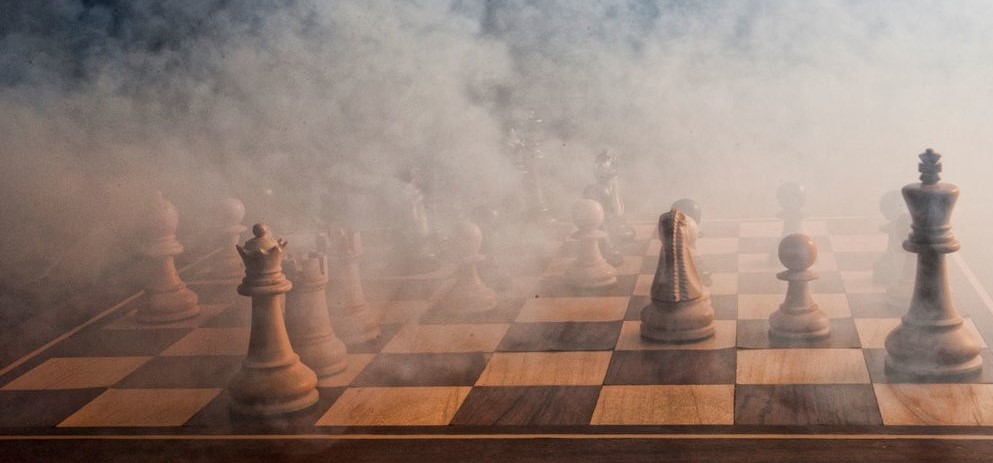



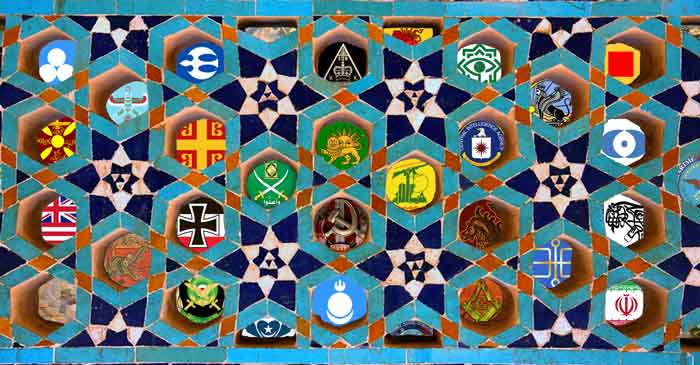
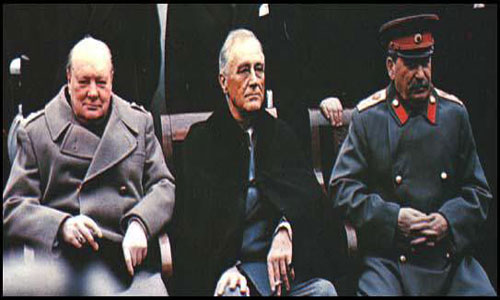

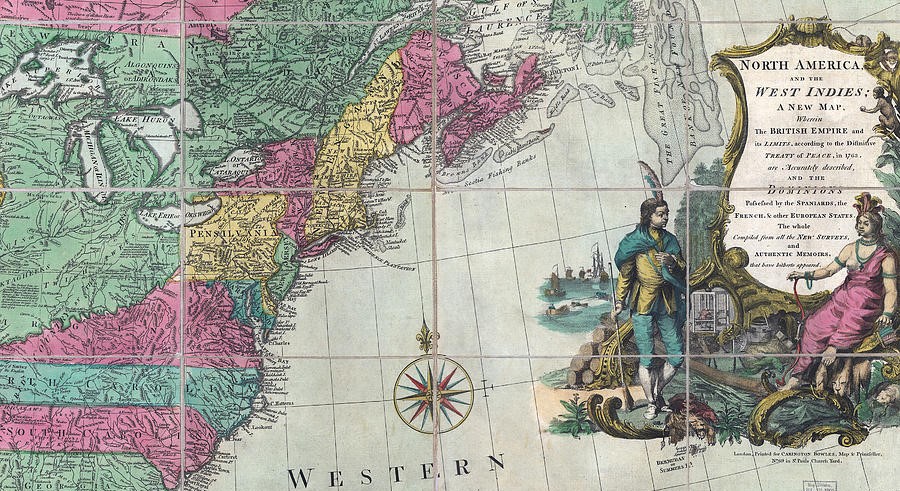
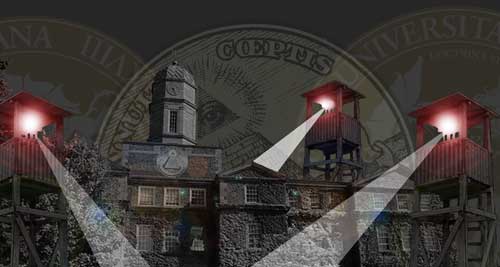
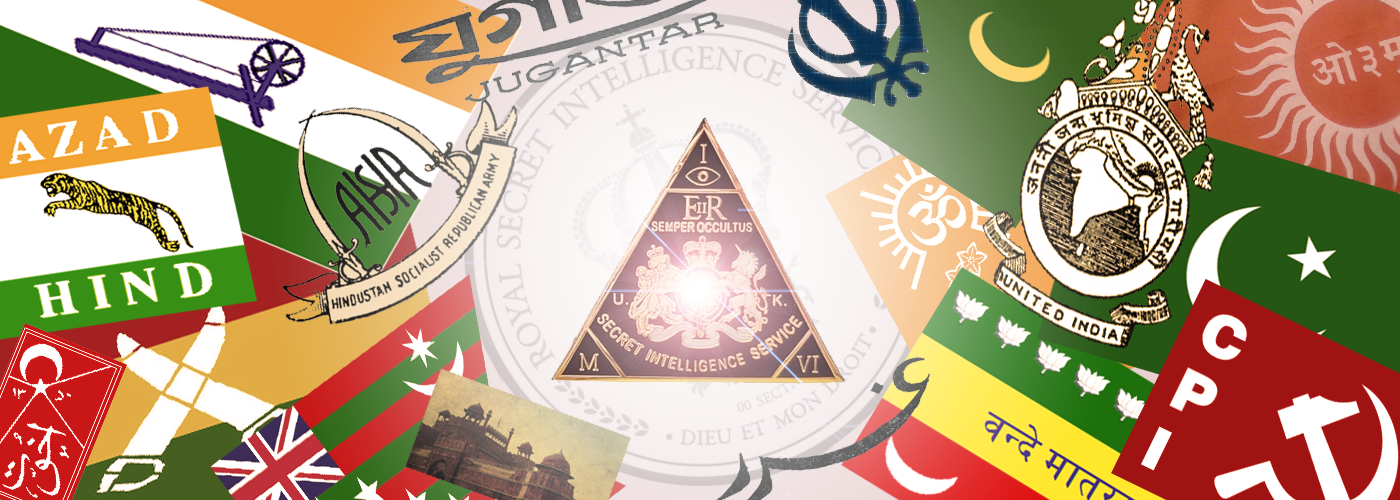


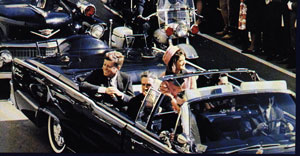

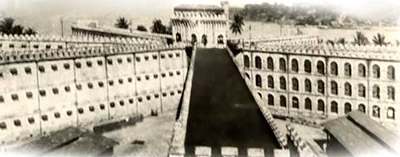


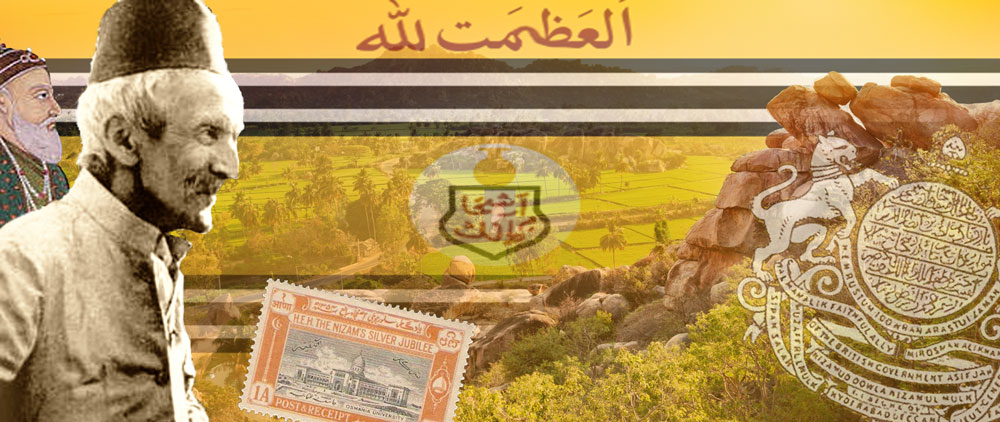






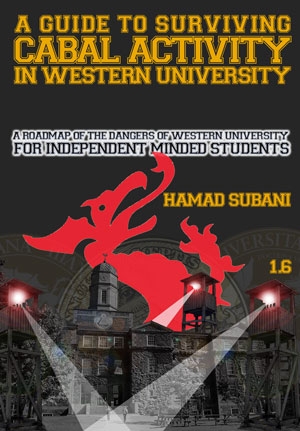
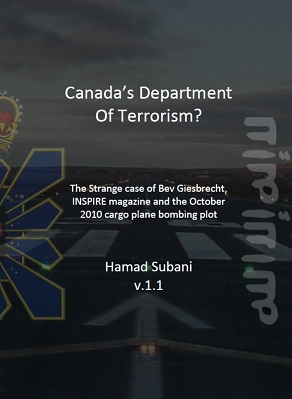
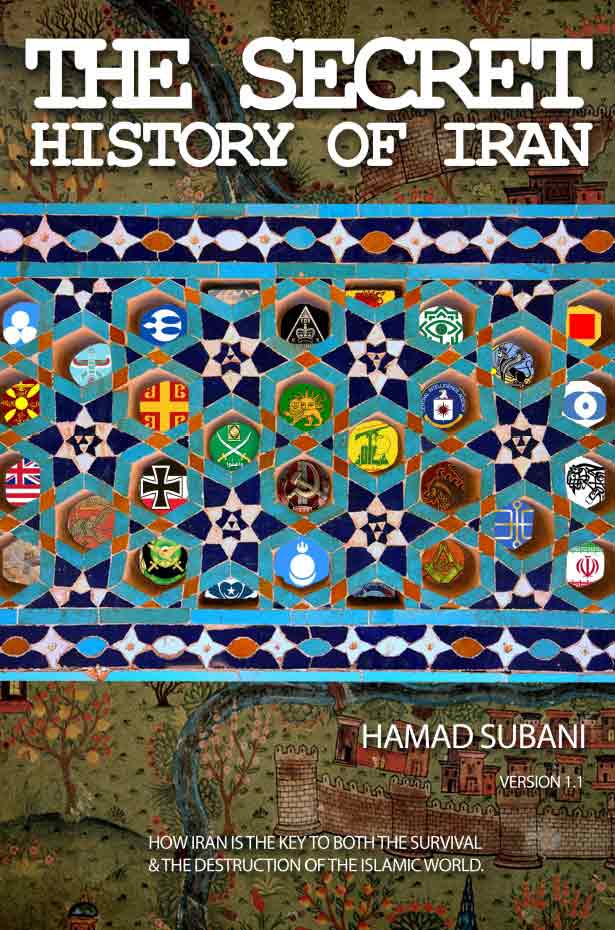
The First Freemason Lodge in India was not at the Gosha Mahal Baradari Hyderabad. It was a grand building built by teh Last Qutub Shahi ruler Tana Shah in 1682 and was donated to teh freemason by Nizam in 1872.
The first lodge was established for the British Military and other authorities in India in 1728 at Fort William Calcutta called Star of the East.
The doors of freemason were opened for Indians in 1775, when Nawab Umdatul Umra of Carnatic opened first lodge in Trichonopoly, in South India.
Please refer Freemasonry in India
https://linfordresearch.info/fordownload/World%20of%20Fmy/Nairn%20India.pdf
Shoukat Ali Khan Hyderabad India
Thanks for this.
The grave of Aurangzeb is in the premises of a Dargah in Khuldabad near aurangabad. there is no tomb over it nor even a structure.
Taj Mahal like structure is in aurangabad, whichis around ten miles away from his grave.
So what you have mentioned about his grave is not correct.
Thank you for the clarification. The Taj Mahal like structure is actually the tomb of his wife. I have corrected.
Gosh !!! what an intellectual article . Very first time I got to read something eloborative on Shah Waliulllah and the reason of his invitation to Abdali. You are incredibly remarkable in presenting the profoundness and minute details on the subject. Are you a historian or have you written any books.
Share your articles or suggest some books on historical India from Muslim rulers point of view. Had enough of Aurangazeb bashing and Muslim rule criticism nowadays around. So was wondering the justification from the other side.
Please do share.
You could take a look at my book The Secret History of Iran. Since the history of medieval Iran is linked to that of India, it does contain a lot of previously undisclosed information on the Mughals and other Indian dynasties as well.
Qasim Rizvi did not escape , he did his prison term and was relocated to Pakistan by the Indian government . I find lots of unsubstantiated facts in your write up.
This is not the official history of Hyderabad State, it is the Conspiracy History of Hyderabad State, where we try to fill in the blanks in the official narrative. Its not for everybody. Do you really think Qasim Rizvi would be let go so leniently?
Hi, certainly, history of Hyderabad is enticing. I have come across a novel “Theft of Nizam’s Gold” by a writer from Hyderabad, Naser Banaqeeb who presented the life of Nizam in a wonderful way. The novel is a gripping tale of bygone era of Nizam, love and mystery of the gold stolen – the history doesn’t have any record of it. Yes, the gold stolen from Nizam’s treasure has no mentioning in any books. But, the author described the same in an artistic manner. The novel is available online at amazon.
Dear Abraiz Ali Khan,
I am based in Mumbai and an avid reader of “authentic” historical books.
I would be much obliged if you could share with me any such books in your possession, including “Tragedy of Hyderabad”.
My contact details are: iyerpnpl@gmail.com
Warm regards,
Arvind Iyer
Hello Mr. Arvind. This is the book I have mentioned: https://www.goodreads.com/book/show/18360701-tragedy-of-hyderabad
I found it in a Sunday, second-hand book market. Currently, this book is with my brother who lives in Canada. Sorry for not being able to share it.
Dear Mr. Abraiz,
I have a nephew in Canada whom I will be meeting at a family function in October. If you can share with me the contact details of your brother in Canada, my nephew can coordinate with him and photocopy the book and hand it over to me when we meet.
Incidentally I am in Hyderabad on Monday June 25th. I would be very happy to meet with you.
Once again my email id is: iyerpnpl@gmail.com
Warm Regards,
Arvind Iyer
Pl visit Haziq and Mohi a book store near Charminar , they have copies . Picked up my copy of Tragedy of Hyderabad and other books on hyderabad from there . The store finds a mention in The Last Nizam by Jhon Zubrcki and is regularly frequented by history buffs , most notable being William Dalrymple , he has given a beautiful account in The White Mughals of William Kirkpatrick the British resident during the end of the 18th century and his affair with Khai un Nissa great niece of Aristu Jah the prime minister at Nizam Ali Khan’s court . He eventually ended up marrying her and converted to Islam . Most of his research work was carried out by literature provided by Haziq and Mohi .
Hello Mr Iyer , you can get the book and many other out of publication books on Hyderabad at Haziq and Mohi book store near Charminar . The store finds a mention in the Last Nizam by Jhon Zubrycki and is frequented by history buffs from India and abroad , most notable being William Darlymple whose book The White mughals revolves around the stories of William Kirkpatrick the british resident at the end of 18th century in Hyderbad and his affair with Khai un Nisa the great niece of Aristu Jah the prime minister of Nizam Ali Khan , which he later marries and converts to Islam .
You may also be interested in The Destruction of Hyderabad by Abdul Gafoor Abdul Majeed Noorani. No idea where to find it though.
Its overwhelming to read this..present day hyderabadis are so ignorant about their past. . I wish many of them could read this
Assalaamualaikum. I am a citizen of Hyderabad itself. Born and brought up here. I do have an interest in our history as well. You have written a very engaging piece of research. Do accept congratulations for it. As it happens, there are a few points that I do disagree with. One is your saying that venerating graves is an “Islamically abhorrent practice.” But maybe you subscribe to one of those sects that see graves as idols, so let it pass. I don’t need to tell you that scholars have compiled voluminous works on this subject. Read them if you will.
The other point that raises my hackles is the flippant description of Jamia Nizamia. As it happens, I am closely related to this institution. All my teachers of Islamic sciences have studied at this institution. Your description of it stems of ignorance or, if you will excuse me for saying so, your prejudice against those venerate graves. Jamia Nizamia was started in 1876 AD. Its founder, who was the teacher (Ataleeq as they called them then) of the 6th and 7th Nizams, passed away in 1917. If you would look into the history of Jamia Nizamia and its scholars, you would see many un-Islamic activities and trends being checked by them. Keep in mind that it was a nascent institution without any power of enforcement. Which means that Jamia Nizamia could only tell that something was wrong and must be stopped, but could not actually go out and stop them. Frankly, there are many firsts the credit of whom goes to Jamia Nizamia and more specifically its founder, Imam Anwarullah Farooqui (May Allah shower His Mercy on him). Hyderabad was the only state to have departments of Qazaath – where marriages, divorces, etc. were registered, the only state to outlaw reprehensible Hindu customs like Murli, etc., the only state to have standardized weights, possibly the only state or one of the very few which trained people with a standardized syllabus to administer basic Islamic laws to the populace. The State Central Library (earlier known as Asafjahi Library) was established at the behest of Shaykh Anwaarullah. No, they were nor politically active. As I said, it was a nascent institution, just started. Maybe in time, if Hyderabad state would have been there, they would have played a greater role.
The best part about your piece is that you give sources. I do have some of the books like Tragedy of Hyderabad with me. I will surely read up as much as I can the source books that you quote and see your point of view in much broader and richer detail.
Best of luck for your future research.
Assalaamualaikum.
Thank you for the additional info on Jamia Nizamia. While I do accept that Jamia Nizamia did in fact play a positive role, I believe that the fact that it was an official institution limited and hindered its ability to fulfill its role in a more wholesome manner. For example, they could not critic the sponsorship and inclusion of Shiite practices of later Nizams. And by and large, they did fail to enlighten the Muslim population, as evidenced by the level of ignorance and the incorporation of non-Islamic practices into Islam by the common people. If The Powers That Be were serious about Islam, they would have supported it more thoroughly, perhaps with a budget much bigger than the war aid they gave to Britain. As you mentioned, they started doing so, but it was too little, and too late.
In Islamic history, Muslim groups attain political power only when they start imposing and reinstating the natural order of things. Otherwise nature overcomes them. Towards the end, the Nizams began failing to maintain their holistic connection to the Mystery Saint.
Dude you are awesome. Where you been?
Do you have any recommendation for occult conspiracy sites with muslim perspective?
The main reason why it’s so hard to find this is the cultural lag muslim readers annnd writers have due to the ravages of colonialism westernization and the like. In the world that emerged after ww2 seems the only ticket for indians and muslims to prosper in the west was the sci/tech route. So as a fractured bordered nation, there was not much literal development.
For example most muslims i know go as far as saying 911 was ‘possibly’ a conspiracy and that Kanye or whoever is a free mason, and that’s as far as it goes. They will never include the saudis or big banks or the company they work for.
Anyway look forward to reading your next masterpiece.
The only “Islamic” Conspiracy website that I find worth a mention is that of David Livingstone> http://www.conspiracyschool.com/